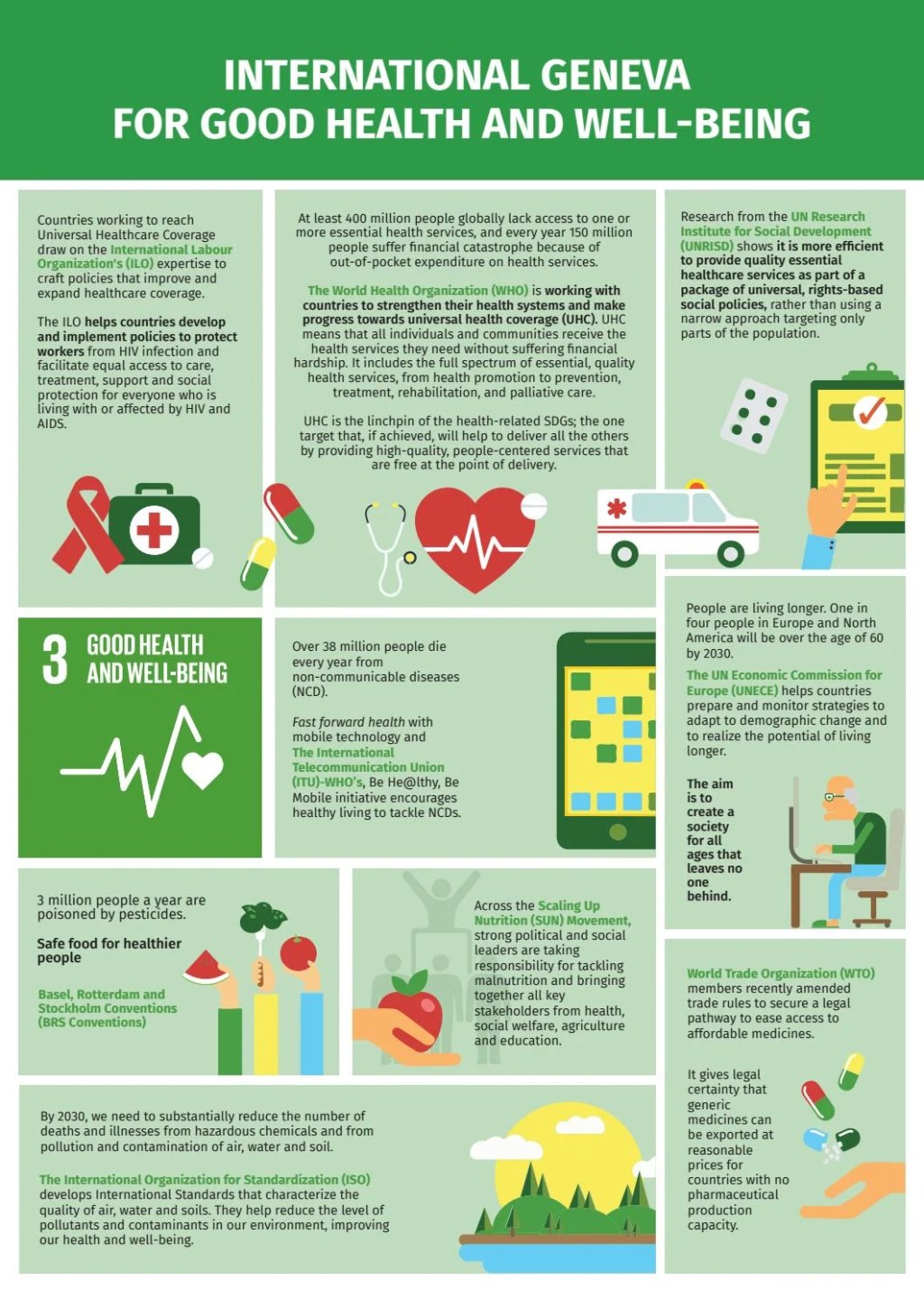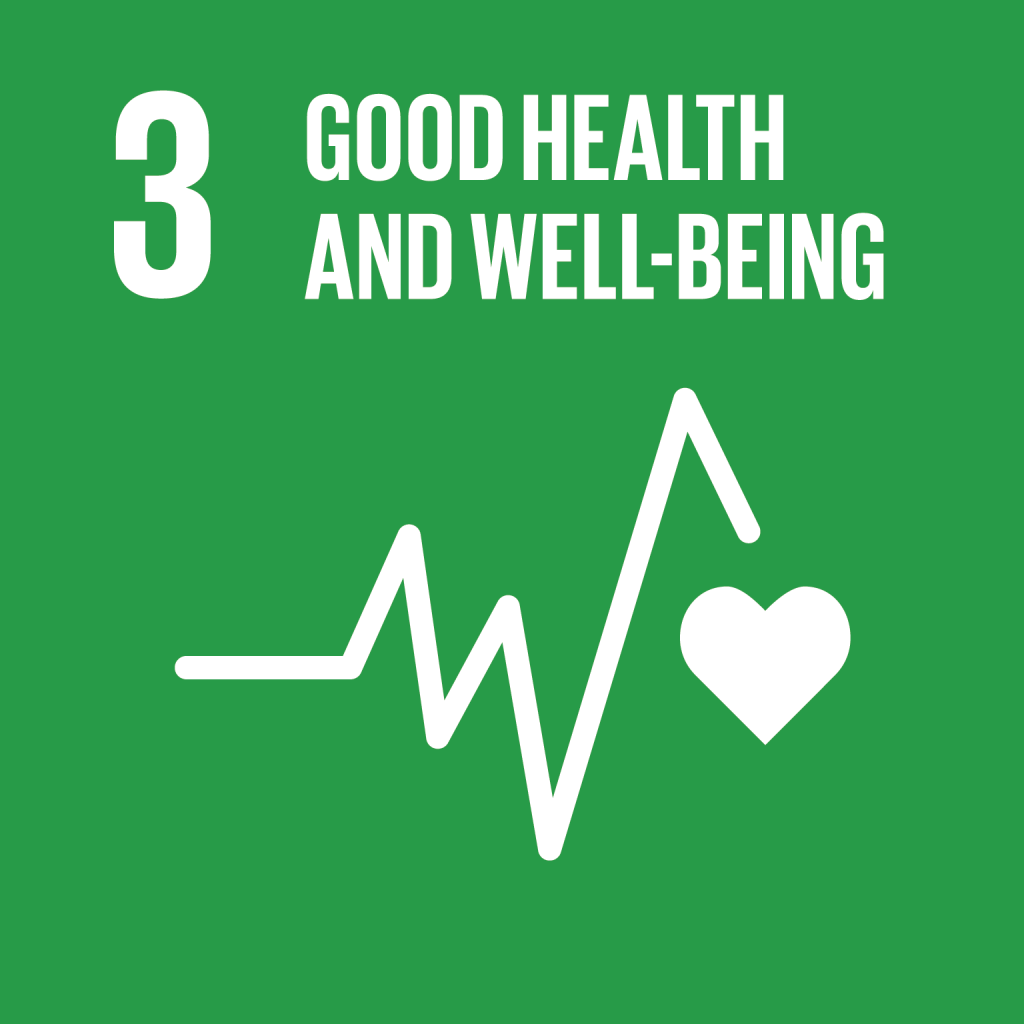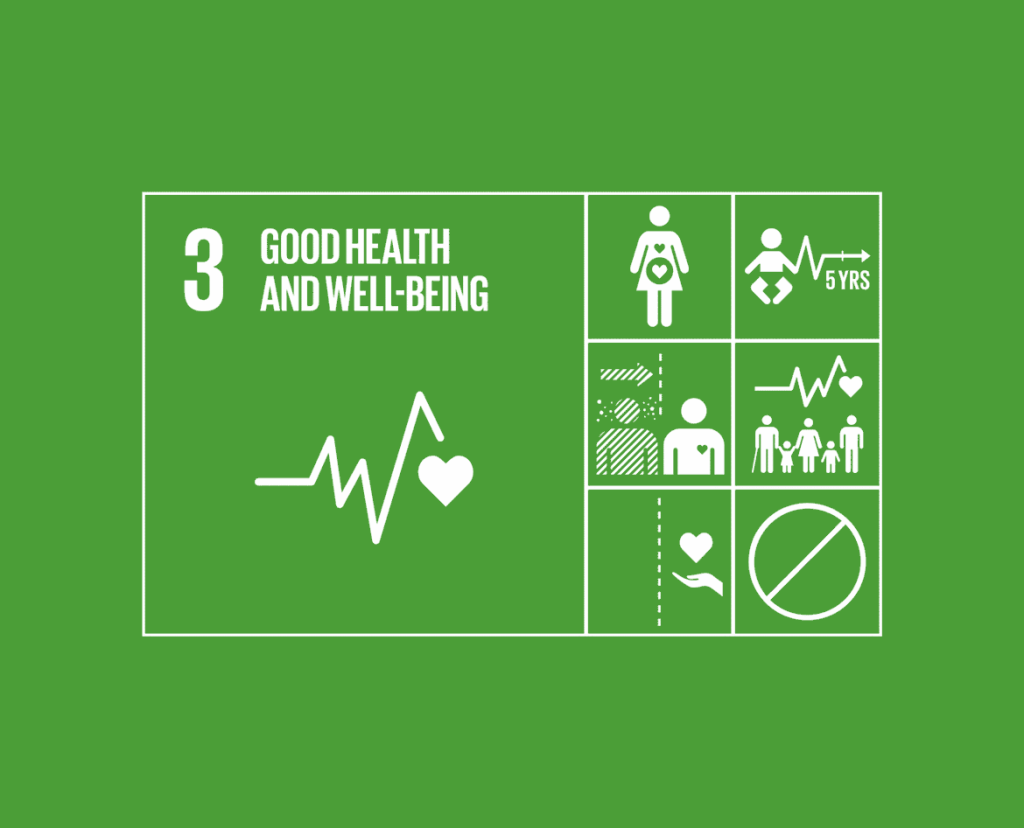Transform Your Life With Healthy Living 2030: Ignite Your Journey To Optimal Well-being!
Healthy Living 2030: A Path to a Better Future
Introduction
Dear Readers,
3 Picture Gallery: Transform Your Life With Healthy Living 2030: Ignite Your Journey To Optimal Well-being!



Welcome to an exciting journey towards a healthier future. In this article, we will explore the concept of Healthy Living 2030 and its significance in shaping our well-being for the next decade. With rapid advancements in technology, evolving lifestyles, and a growing focus on holistic health, it is crucial to understand the potential impact of healthy living practices in the years to come.
Join us as we delve into the key elements of healthy living, examine its benefits and drawbacks, and shed light on frequently asked questions surrounding this topic. Let us embark on this informative quest together!
Table of Contents
Introduction
What is Healthy Living 2030?
Who Promotes Healthy Living 2030?
When Will Healthy Living 2030 Take Effect?
Where Can Healthy Living 2030 Be Implemented?
Why is Healthy Living 2030 Important?
How Can We Achieve Healthy Living 2030?
Advantages and Disadvantages of Healthy Living 2030
Frequently Asked Questions
Conclusion
Final Remarks

Image Source: isu.pub
What is Healthy Living 2030?
🌱 The Pursuit of a Healthier Lifestyle 🌱
Healthy Living 2030 refers to a comprehensive approach to wellness that encompasses physical, mental, and social well-being. It is a vision for the future that emphasizes the importance of preventive healthcare, sustainable living, and personal empowerment in achieving optimal health outcomes. By adopting healthy habits and making informed choices, individuals can strive towards a better quality of life.
Introduction

Image Source: unive.it
Healthy Living 2030 aims to revolutionize the way we approach health and well-being. It recognizes that true wellness goes beyond the absence of disease and encompasses a holistic perspective that incorporates various aspects of our lives. From nutrition and exercise to mental health and environmental sustainability, this concept encourages individuals to prioritize their health and make conscious decisions that contribute to a healthier lifestyle.
Key Principles of Healthy Living 2030
There are several key principles that underpin the concept of Healthy Living 2030:
Preventive Healthcare: A shift from reactive to proactive healthcare, focusing on prevention rather than treatment.
Health Education: Equipping individuals with knowledge and skills to make informed decisions about their health.
Physical Activity: Encouraging regular exercise and promoting an active lifestyle.
Healthy Eating: Emphasizing the importance of a balanced diet and mindful eating habits.
Mental Health: Addressing the mental well-being of individuals and reducing stigma surrounding mental health issues.
Environmental Sustainability: Promoting eco-friendly practices to protect the planet and enhance overall well-being.
Community Engagement: Encouraging collaboration and fostering supportive communities that prioritize health.

Image Source: socisdg.com
By embracing these principles, Healthy Living 2030 aims to create a culture of well-being that empowers individuals and communities to take charge of their health.
Who Promotes Healthy Living 2030?
🌏 Global Initiatives for a Healthier World 🌏
Healthy Living 2030 is a collaborative effort that involves various stakeholders, including governments, international organizations, healthcare professionals, and community leaders. Global organizations such as the World Health Organization (WHO) and the United Nations (UN) play a pivotal role in driving initiatives and policies that promote healthy living on a global scale.
Government Initiatives
Many governments have recognized the importance of healthy living and have implemented policies and programs to promote wellness among their citizens. These initiatives range from public health campaigns and educational programs to regulatory measures aimed at improving the accessibility and affordability of health-promoting resources.
International Organizations
International organizations like the WHO and the UN work towards setting global health standards and fostering collaboration among nations. Through research, advocacy, and the development of evidence-based guidelines, these organizations strive to create an enabling environment for healthy living initiatives.
Healthcare Professionals
Healthcare professionals, including doctors, nurses, nutritionists, and fitness experts, play a crucial role in promoting healthy living. By providing personalized guidance, raising awareness, and delivering quality care, these professionals empower individuals to make informed decisions about their health.
Community Leaders
Community leaders, such as local authorities, educators, and influencers, have the power to mobilize communities and drive positive change. Through grassroots initiatives, educational campaigns, and community engagement, these leaders inspire individuals to prioritize their health and create supportive environments that foster well-being.
Together, these stakeholders collaborate to promote Healthy Living 2030 and ensure a healthier future for all.
When Will Healthy Living 2030 Take Effect?
⏰ A Vision for the Next Decade ⏰
Healthy Living 2030 is an ongoing process that requires sustained commitment and collective action. While the concept has been gaining momentum in recent years, its full realization will take time. It is not a single event but rather a long-term vision that aims to shape the coming decade and beyond.
Current Progress
Efforts towards healthy living have been gaining traction worldwide. Many countries have already implemented health promotion programs and policies that align with the principles of Healthy Living 2030. However, the extent of implementation varies across regions, and there is still much work to be done to ensure widespread adoption.
Future Outlook
As we enter the new decade, the focus on healthy living is expected to intensify. With advancements in technology, increased access to information, and a growing recognition of the importance of well-being, it is anticipated that Healthy Living 2030 will gain further prominence. This will require continuous collaboration, innovation, and advocacy to bring about lasting change.
Where Can Healthy Living 2030 Be Implemented?
🌍 From Local Communities to Global Impact 🌍
Healthy Living 2030 can be implemented at various levels, from individual lifestyle choices to national policies and global initiatives. It is a versatile concept that recognizes the role of different stakeholders in creating a healthier world.
Individual Level
At the individual level, Healthy Living 2030 begins with personal choices and habits. By adopting healthier lifestyle practices, individuals can set an example for others and contribute to a culture of well-being. This can include regular exercise, mindful eating, stress management, and making eco-conscious decisions.
Community Level
Communities play a crucial role in promoting healthy living. By organizing health-focused events, creating supportive environments, and advocating for policies that prioritize well-being, communities can drive positive change. This can involve establishing community gardens, organizing fitness programs, and implementing health education initiatives.
National Level
At the national level, governments can implement policies and programs that promote healthy living. This can include regulations on food labeling, initiatives to reduce pollution, and investments in preventive healthcare. By prioritizing well-being, nations can create a foundation for healthier societies.
Global Level
Global initiatives and collaborations are crucial to address health challenges on a global scale. Organizations like the WHO and the UN play a vital role in driving global health agendas and fostering cooperation among nations. Through research, advocacy, and the sharing of best practices, these organizations contribute to a healthier future for all.
Regardless of the scale, every effort towards healthy living contributes to the overall vision of Healthy Living 2030, creating a ripple effect that can transform societies and improve the well-being of individuals worldwide.
Why is Healthy Living 2030 Important?
🌟 Empowering Individuals for a Brighter Future 🌟
Healthy Living 2030 is important for several reasons:
Improved Quality of Life
By adopting healthy habits and making informed choices, individuals can experience improved physical and mental well-being. Healthy living practices can enhance energy levels, reduce the risk of chronic diseases, and improve overall quality of life. It empowers individuals to take control of their health and lead fulfilling lives.
Preventive Healthcare
Healthy Living 2030 emphasizes preventive healthcare, which is more cost-effective and sustainable in the long run. By prioritizing prevention through healthy habits, regular check-ups, and early detection of potential health issues, individuals can reduce healthcare costs and alleviate the burden on healthcare systems.
Social and Environmental Impact
Healthy living practices not only benefit individuals but also have a positive impact on communities and the environment. By promoting sustainable living, reducing pollution, and fostering supportive communities, Healthy Living 2030 contributes to a healthier planet and stronger social bonds.
Economic Benefits
Investing in healthy living initiatives can yield significant economic benefits. By reducing healthcare expenditures, increasing productivity, and promoting innovation in healthcare technologies, Healthy Living 2030 can contribute to economic growth and development.
Overall, Healthy Living 2030 is important as it empowers individuals, improves health outcomes, and creates a sustainable future for generations to come.
How Can We Achieve Healthy Living 2030?
🌈 A Roadmap to a Healthier Future 🌈
Achieving Healthy Living 2030 requires a collective effort and a multifaceted approach. Here are some key strategies:
Educational Campaigns
Raising awareness about the benefits of healthy living is crucial. Education campaigns can include workshops, seminars, and informative materials that provide individuals with the knowledge and skills to make positive lifestyle changes.
Collaboration Among Stakeholders
To achieve Healthy Living 2030, collaboration among governments, international organizations, healthcare professionals, and community leaders is essential. By working together, different stakeholders can pool resources, share expertise, and create synergy in promoting healthy living practices.
Policy Changes
Policies play a pivotal role in shaping the environment in which individuals make health-related decisions. Governments and international organizations should consider implementing policies that support healthy living, such as regulations on unhealthy food marketing, incentives for physical activity, and investments in preventive healthcare.
Infrastructure Development
Creating infrastructure that supports healthy living is essential. This can include the development of parks, bike lanes, and recreational facilities that encourage physical activity. Access to nutritious food options and clean drinking water should also be prioritized.
Technology and Innovation
Advancements in technology can facilitate healthy living practices. From fitness trackers and mobile applications to telemedicine, technology can enhance accessibility, provide personalized guidance, and facilitate remote healthcare services.
Community Empowerment
Engaging communities and empowering individuals is vital. Community-driven initiatives, such as community gardens, support groups, and educational programs, can foster a sense of belonging and encourage sustained behavior change.
Evaluation and Monitoring
Regular evaluation and monitoring of healthy living initiatives are necessary to gauge their effectiveness and make necessary adjustments. This can involve collecting data on health outcomes, monitoring policy implementation, and conducting research to inform evidence-based practices.
By following these strategies, we can pave the way towards achieving Healthy Living 2030 and create a healthier, more sustainable future.
Advantages and Disadvantages of Healthy Living 2030
✨ Balancing the Scales: Pros and Cons ✨
While Healthy Living 2030 offers numerous benefits, it also presents certain challenges and drawbacks. Let’s explore both perspectives:
Advantages
Improved Health Outcomes: By adopting healthy living practices, individuals can experience improved physical and mental well-being, leading to a better quality of life.
Preventive Healthcare: Emphasizing prevention can reduce the burden on healthcare systems and lead to long-term cost savings.
Social Connection: Healthy living initiatives foster community engagement and social cohesion, creating supportive environments that contribute to overall well-being.
Economic Benefits: Investing in healthy living can lead to economic growth through increased productivity, reduced healthcare costs, and innovation in healthcare technologies.
Environmental Sustainability: Healthy living practices promote sustainable living and reduce environmental impact, contributing to a healthier planet.
Disadvantages
Socioeconomic Disparities: Access to resources and opportunities for healthy living may be unequal, exacerbating existing social and economic inequalities.
Behavior Change Challenges: Encouraging individuals to adopt new habits and sustain behavior change can be challenging, requiring ongoing support and education.
Cultural Considerations: Cultural norms and practices may present barriers to adopting certain healthy living practices
This post topic: Holistic Living
